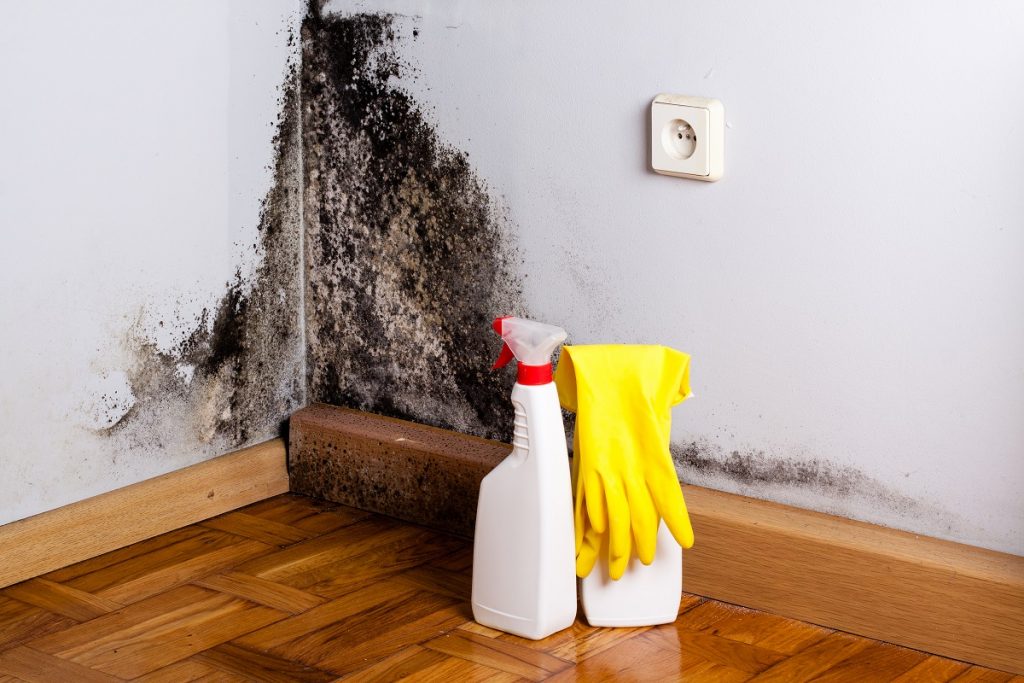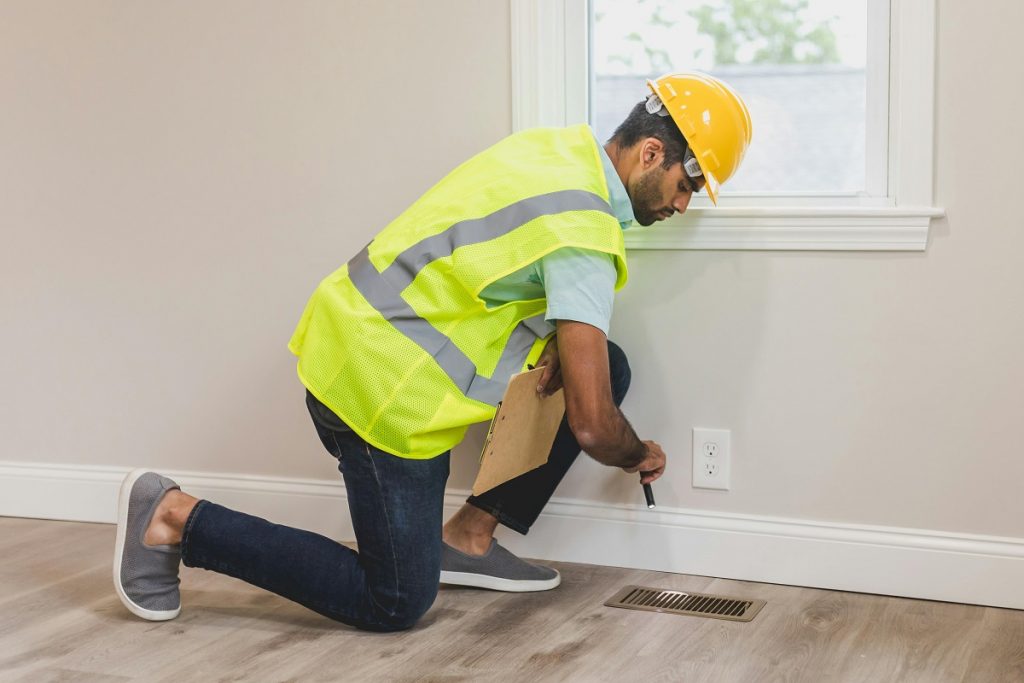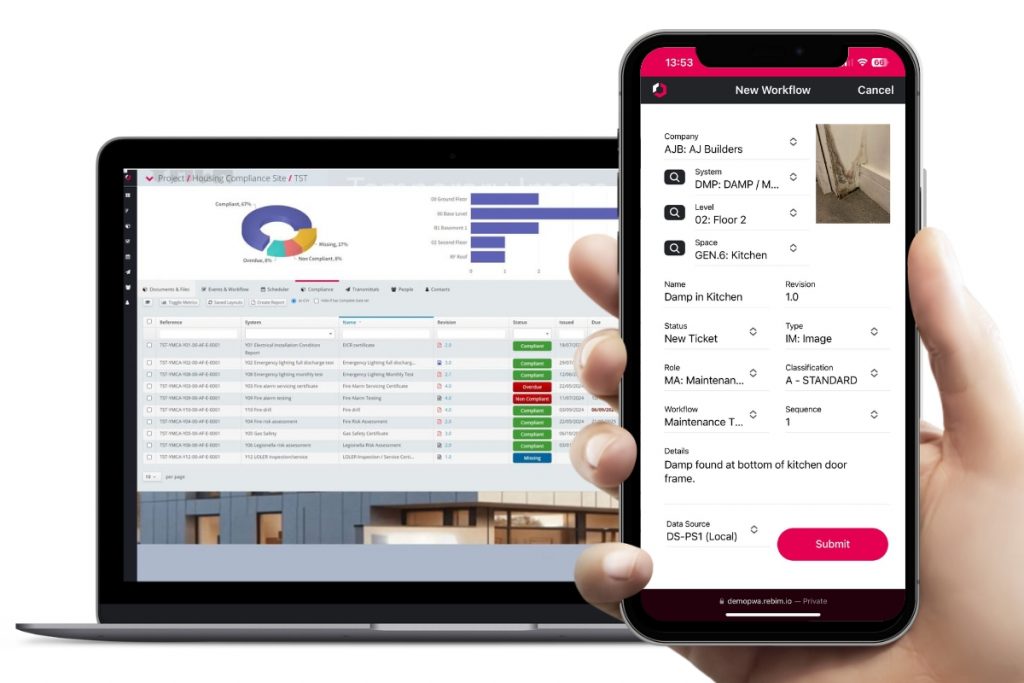
Awaab’s Law Social Housing Compliance: Understanding the New Requirements for Landlords
The implementation of Awaab’s Law social housing compliance marks one of the most significant regulatory shifts in UK housing. Prompted by the tragic death of two-year-old Awaab Ishak in 2020 after prolonged exposure to black mould in his social housing flat in Rochdale, the new law enforces legally defined timeframes for investigating and repairing health-related hazards.
Since 27 October 2025, social landlords across England have been required to act promptly on reports of damp, mould and similar issues and to prove that they did so. This legislation represents a lasting change: from reactive maintenance to accountable, transparent housing management.
What Is Awaab’s Law?
Introduced through the Social Housing (Regulation) Act 2023, Awaab’s Law compels landlords to act within fixed timeframes when a tenant reports damp, mould, or another hazard that could risk health.
The law applies to all registered social housing providers, including local authorities and housing associations, and is enforced by the Regulator of Social Housing (RSH).
Timeframes for Action
| Action | Legal timeframe |
| Investigate emergency hazard | Within 24 hours |
| Investigate non-emergency damp/mould | Within 10 working days |
| Begin remedial works | Within 5 working days of confirmation |
| Provide written findings to tenant | Within 3 working days |
| Offer alternative accommodation | If property cannot be made safe within timeframe |
Failure to comply could lead to regulatory enforcement, reputational damage, or even legal action.
Why Awaab’s Law Matters
Before Awaab’s Law, there were no statutory deadlines for responding to hazards, leaving the discretion down to individual social housing providers to decide. This meant that some tenants waited months for basic repairs. This new framework introduces clear expectations, ensuring that homes are safe and landlords are accountable.
It’s also part of a wider shift in UK social housing provider regulations, alongside the Decent Homes Standard and the Building Safety Act 2022, toward proactive, data-driven compliance.
What the Law Achieves
- Protects tenants from health hazards such as damp, mould and cold.
- Forces faster response and clearer communication from landlords.
- Strengthens oversight by the Regulator of Social Housing.
- Creates measurable standards of performance and transparency.
Awaab’s Law social housing compliance is about more than fixing problems. It’s about proving, with evidence, that every reported hazard has been investigated and resolved in time.
The Regulatory Context
Awaab’s Law fits within a wider regulatory network that includes:
- Housing Act 2004 – sets out the Housing Health and Safety Rating System (HHSRS).
- Landlord and Tenant Act 1985 – outlines landlord repair obligations.
- Building Safety Act 2022 – establishes the “golden thread” of building information.
- Social Housing (Regulation) Act 2023 – introduces proactive inspections and new consumer standards.
- Decent Homes Standard – defines the minimum acceptable standard for housing conditions.
Together, these form a single principle: safe, well-maintained homes with transparent compliance evidence.
Key Compliance Requirements for Landlords
To comply with Awaab’s Law social housing requirements, landlords must be able to demonstrate:
- Prompt action – Logging all hazard reports with date and time.
- Swift investigation – Evidence that inspections occurred within the legal window.
- Tenant communication – Written findings provided promptly.
- Timely repairs – Proof that remedial works started and finished within target.
- Complete audit trails – Accessible records for regulators or tenant review.
The RSH will assess not only whether repairs were made, but also whether landlords can evidence compliance through documentation and data.
Common Challenges for Providers

Housing inspector assessing property conditions with manual paper-based workflow to ensure landlord compliance with Awaab’s Law and updated social housing safety standards.
- Manual Workflows – Many landlords still rely on paper forms or spreadsheets, which make it difficult to measure response times or create consistent audit trails.
- Communication Gaps – Awaab’s Law requires formal, written communication with tenants at every stage of the process where remedial repairs are required to be resolved. This is something not all existing systems can deliver efficiently.
- Oversight and Governance – Boards and trustees must demonstrate that their organisations meet legal obligations. Without structured data, this can be challenging.
- Data Fragmentation – Maintenance records, inspection reports and communications often exist in separate systems, making it hard to track a complete case history.
The introduction of Awaab’s Law means providers will need integrated, transparent workflows to ensure full accountability.
A Practical Roadmap to Compliance
To prepare for readiness, social landlords should implement a structured compliance framework:
- Map Existing Workflows – Identify where reports originate and how they are handled.
- Set Internal Service Level Agreements (SLAs) – Match or improve upon the statutory deadlines.
- Digitise Hazard Tracking – Move from manual to centralised, time-stamped systems.
- Standardise Documentation – Use consistent investigation templates and communication letters.
- Train Staff and Contractors – Ensure everyone understands the law’s urgency.
- Automate Alerts – Reminders as deadlines approach.
- Conduct Mock Audits – Test readiness before the official enforcement date.
- Report Performance Regularly – Provide visibility to senior management.
This proactive approach will help ensure both legal compliance and tenant satisfaction.
The Role of Data and Digital Systems
Data accuracy and transparency are now the foundation of housing regulation. The golden thread principle (continuous, verified information across a building’s life cycle) applies as much to social housing as it does to high-rise safety management.
A reliable compliance system should:
- Capture key dates for reports, investigations, and completions.
- Automate alerts to meet statutory deadlines.
- Allow managers and boards to see performance trends in real time.
- Maintain secure, auditable records for inspection.
Without digital workflows, meeting Awaab’s Law timelines consistently across large housing portfolios will be extremely difficult.
How REBIM Supports Awaab’s Law Compliance

REBIM enables real-time reporting and compliance tracking, helping landlords meet Awaab’s Law requirements with evidence-based workflows.
Meeting the standards of Awaab’s Law social housing compliance requires reliable, evidence-based management of hazard reports and remedial actions.
REBIM®, a UK-based digital platform for asset and compliance management, helps social landlords strengthen transparency and control. It enables providers to manage and monitor their housing data and remedial workflows in a centralised environment, supporting accountability across teams and contractors.
With configurable workflows, landlords can record when hazards are reported, when action begins, and when they are resolved. This ensures that the organisation can measure performance against service-level targets and demonstrate compliance with confidence.
Key Benefits for Providers
- Transparent tracking of hazard reports, inspections, and remedial works.
- Centralised data that supports board-level governance and regulatory reviews.
- Configurable workflows aligned with Awaab’s Law deadlines and internal SLAs.
- Audit-ready records to demonstrate timely action and accountability.
- Scalable compliance management, adaptable for wider health and safety frameworks.
This approach is already in practice.
In the One YMCA case study, REBIM workflows track all key dates and provide transparent reporting on performance for remedial repairs including damp and mould cases. This ensures management and trustees have a clear view of progress and compliance against internal and statutory targets.
Beyond damp and mould, the same methodology applies across broader compliance areas such as fire safety, electrical safety, and building maintenance, helping housing providers prepare for later phases of Awaab’s Law.
Learn more about digital compliance management and workflow solutions at rebim.io.
Implementing and Maintaining Compliance Post-October 2025
Now that Awaab’s Law is in effect, housing providers are expected to prove ongoing compliance, not just readiness.
Ongoing priorities
- Monitor continuously – track every case against legal timeframes.
- Maintain accurate records – store inspection, repair and communication data securely.
- Refine processes – review and improve workflows to eliminate delays.
- Provide governance updates – share regular reports with boards and regulators.
- Sustain training programmes – keep staff and contractors up to date on requirements.
Continuous improvement and transparent reporting will be central to maintaining confidence among tenants, trustees and regulators.
The Bigger Picture: Culture, Safety and Trust
While Awaab’s Law began as a regulatory response, its long-term impact is cultural.
It redefines how landlords think about maintenance, placing tenant well-being and data-driven governance at the centre of operations.
For tenants, it means healthier homes and stronger accountability.
For providers, it means a responsibility to deliver safe conditions and document them accurately.
When embedded effectively, Awaab’s Law social housing compliance fosters trust and demonstrates that providers are living up to their social purpose.
Conclusion

Using digital tools to meet Awaab’s Law compliance responsibilities
As regulatory standards evolve and data requirements grow, housing associations that embrace digital transformation will be best placed to respond. With tools like REBIM®, organisations can ensure that their data, processes, and reporting are robust, flexible, and built for the future.
Digital transformation in social housing is no longer optional — it’s essential for operational efficiency, transparency, and compliance.
Conclusion
Awaab’s Law has ushered in a new era of accountability for social landlords. The legislation requires not only rapid action on hazards but clear, verifiable proof that tenants live in safe conditions.
Now that the law is active, compliance is an ongoing responsibility. This involves a discipline of tracking, auditing and reporting performance consistently.
Digital systems such as REBIM® play a key role in this environment by helping providers record and monitor remedial workflows, align with legal timeframes and maintain transparent evidence for governance and regulation.
The One YMCA case study illustrates this in practice; with REBIM tracking dates and performance for repairs including damp and mould cases, giving leadership teams clear oversight and assurance.
See how REBIM® can help your organisation comply with housing regulators and still meet your organisation’s unique needs.